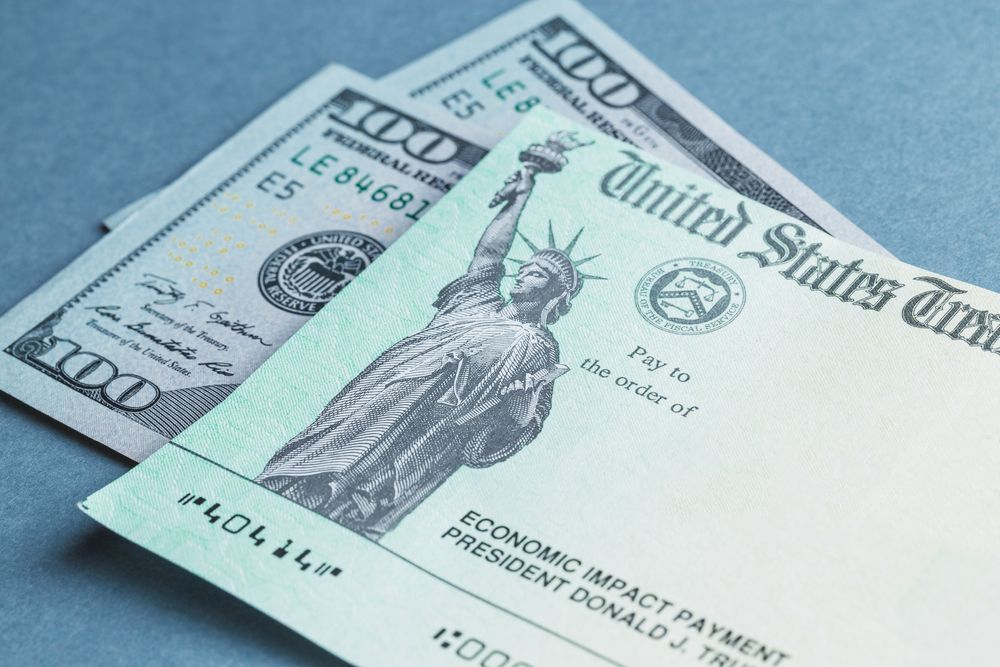U.S. Treasuries: A Comprehensive Guide to Government Debt Securities

U.S. Treasuries, also known as Treasury securities or T-bills, are financial instruments issued by the United States Department of the Treasury to finance the government's operations and meet its financial obligations. These securities are considered one of the safest and most reliable investments in the world, making them an essential component of global financial markets. In this article, we will explore what U.S. Treasuries are, their various types, how they work, and their significance in the economy.
What are U.S. Treasuries?
U.S. Treasuries are debt securities issued by the U.S. government to raise funds from investors. When an individual or entity purchases a Treasury security, they are essentially lending money to the U.S. government. In return, the government promises to pay periodic interest payments (coupons) to the investor and return the principal amount (face value) at the maturity date.
Types of U.S. Treasuries:
- Treasury Bills (T-Bills): T-Bills are short-term debt securities with maturities of one year or less. They are sold at a discount to their face value and do not pay regular interest. Instead, investors earn a profit by receiving the full face value at maturity, which is higher than the discounted purchase price.
- Treasury Notes (T-Notes): T-Notes have maturities ranging from two to ten years. They pay interest (coupon payments) every six months, and investors receive the face value at maturity.
- Treasury Bonds (T-Bonds): T-Bonds have maturities that typically exceed ten years, with some stretching up to 30 years. Like T-Notes, T-Bonds also pay interest every six months and return the face value at maturity.
How Do U.S. Treasuries Work?
The issuance and sale of U.S. Treasuries involve the following steps:
- Auction Process: New Treasury securities are typically sold through auction, facilitated by the Treasury Department. Primary dealers, which are authorized financial institutions, bid on the securities on behalf of their clients. Non-competitive bids from individual investors are also accepted.
- Determining Yield: The auction process determines the yield on the securities. The yield represents the annualized return an investor will earn based on the security's purchase price and coupon payments.
- Secondary Market Trading: After the initial auction, U.S. Treasuries are traded in the secondary market. Investors can buy and sell these securities on various exchanges, including the New York Stock Exchange (NYSE) and the over-the-counter (OTC) market.
Benefits of U.S. Treasuries:
- Safety: U.S. Treasuries are considered virtually risk-free because they are backed by the full faith and credit of the U.S. government. The chance of the U.S. government defaulting on its debt obligations is exceptionally low.
- Liquidity: U.S. Treasuries are highly liquid investments, meaning they can be easily bought or sold in the secondary market, providing investors with the flexibility to access their funds when needed.
- Diversification: U.S. Treasuries serve as a valuable diversification tool in investment portfolios. Their performance often exhibits a negative correlation with riskier assets like stocks, offering a hedge against market volatility.
Significance in the Economy:
U.S. Treasuries play a crucial role in the economy and financial markets:
- Funding Government Operations: The issuance of U.S. Treasuries allows the government to fund its operations, including public projects, social programs, and defense spending.
- Setting Interest Rates: The yields on U.S. Treasuries influence interest rates across the economy. The Federal Reserve, the central bank of the United States, uses the yields on Treasuries as a benchmark to set its monetary policy.
- Safe Haven Investment: During times of economic uncertainty or global financial crises, investors often flock to U.S. Treasuries as a safe haven, driving up demand and lowering yields.
Final Thoughts
So why are we talking about U.S. Treasuries? Well, U.S. Treasuries can be a prudent and valuable addition to any financial portfolio. It is an alternative to Certificate of Deposits (CDs) and High Yield Savings Accounts, and typically has more competitive yields. At the very minimum, a good practice would be to routinely check what the U.S. Treasury yields are in comparison to what you are getting from your savings, CDs, and other interest bearing products.
You can buy U.S. Treasuries directly through TreasuryDirect or brokerages such as Charles Schwab and Fidelity.
